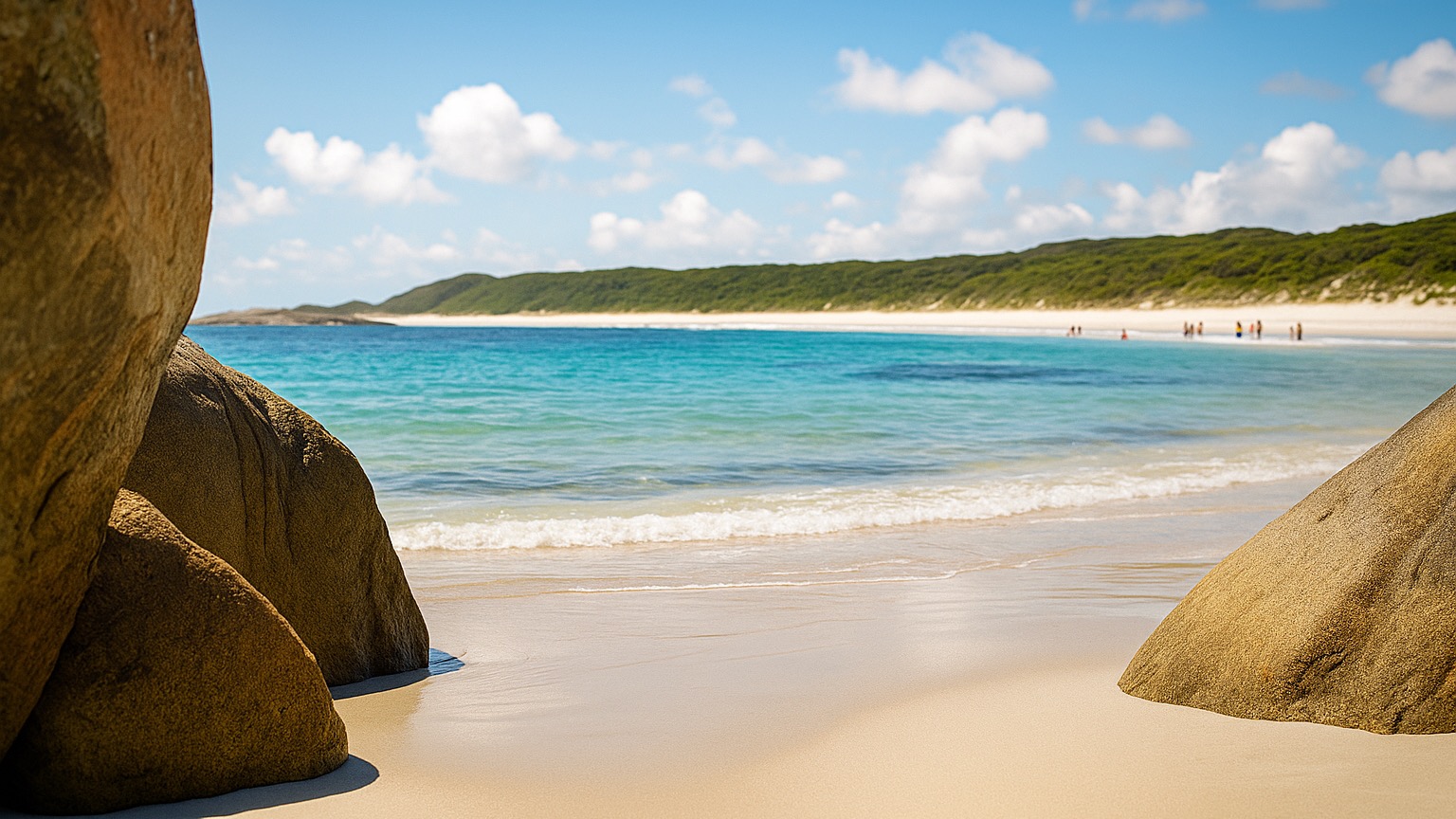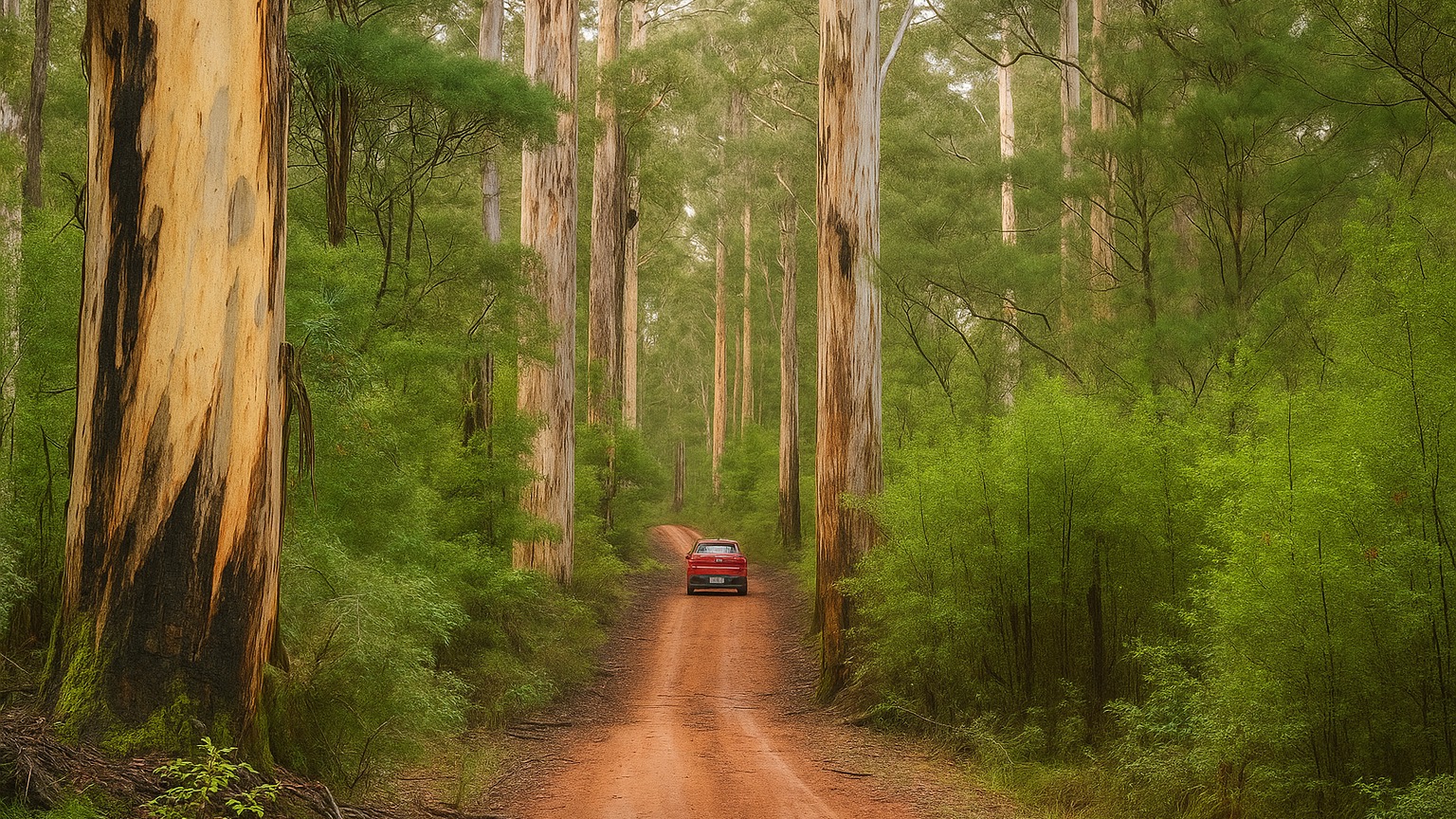Discovering William Bay National Park’s natural beauty
Tucked along the southern coast of Western Australia near Denmark, William Bay National Park is a place where raw natural beauty does all the talking.
With turquoise waters, rugged granite formations, and eucalypt-dotted headlands, it’s the kind of park that invites slow exploration rather than rushed sightseeing. Ideal for those chasing connection with nature, this protected area is a treasure chest of discovery — a place where quiet coastal coves meet wild bushland, and every trail whispers a different story.
A walk through time: trails and terrain
The walking trails in William Bay aren’t just paths — they’re passages through geology, botany, and history. From short strolls down to the beach to more immersive bushwalks through peppermint and she-oak woodland, there’s a variety of tracks to suit all energy levels. The trail to Tower Hill offers sweeping views across the coast, while the walk between Elephant Rocks and Madfish Bay is a favourite among photographers and birdwatchers alike. The land here feels untouched, and with each step, walkers can sense its ancient roots.
Wildlife encounters in a coastal sanctuary
William Bay is more than just pretty views — it’s home to an impressive array of native wildlife. Kangaroos are frequently spotted grazing at dawn and dusk, while echidnas sometimes make shy appearances along bush tracks. Birdlife flourishes here too, from honeyeaters flitting among banksias to wedge-tailed eagles riding the updrafts. With a little patience and a quiet tread, wildlife encounters can feel personal, almost secret — as if shared only between the visitor and the landscape.
Must-see spots: Greens Pool and Elephant Rocks
No visit is complete without a swim at Greens Pool, a granite-fringed swimming spot so calm it could pass for an inland lagoon. Just around the corner, Elephant Rocks rise from the shallows like a herd frozen in time. These iconic formations aren’t just visually stunning — they also offer a different kind of walk, with a short scramble through rock gaps revealing hidden perspectives. The coastal scenery here is nothing short of spectacular, with every headland revealing new colours, shapes, and textures.
When to visit and what to know
Spring and early summer offer mild weather, blooming wildflowers, and fewer crowds. The park is accessible via sealed roads from Denmark, Western Australia, about 15 minutes west of town. There are no cafés or visitor centres on site, so packing water, food, and sunscreen is essential. Toilets are available near Greens Pool. Respect for the natural environment — and for others enjoying it — goes a long way in preserving this fragile paradise.
In summary
William Bay National Park is a coastal gem that rewards the curious. It’s a park for people who like to look closely — at tracks in the sand, birds on the wing, or moss on a rock. The scenery is unforgettable, but it’s the serenity that lingers. For anyone who values raw nature, peaceful bush walks, and rich wildlife, this place quietly earns a top spot on the list of WA’s finest coastal escapes.
<

Practical information
- Location: 15 minutes west of Denmark, WA
- Getting there: Sealed roads from Denmark; suitable for all vehicles
- Opening hours: Open year-round, 24/7 access
- Entry fee: Free
- Facilities: Toilets at Greens Pool, no shops or drinking water available
- Best time to visit: September to December (mild weather, wildflowers in bloom)
- Safety tips: Swim only in calm conditions at Greens Pool. Watch for slippery rocks and uneven bush tracks.
More information
- William Bay National Park – WA Parks official page with maps, access details and conservation info.
- Denmark Visitor Centre – Local tourism hub for accommodation, food, and nearby attractions.
- WA Parks Foundation – Bushwalking in WA – Trail tips and walking safety across Western Australia.


Leave A Comment